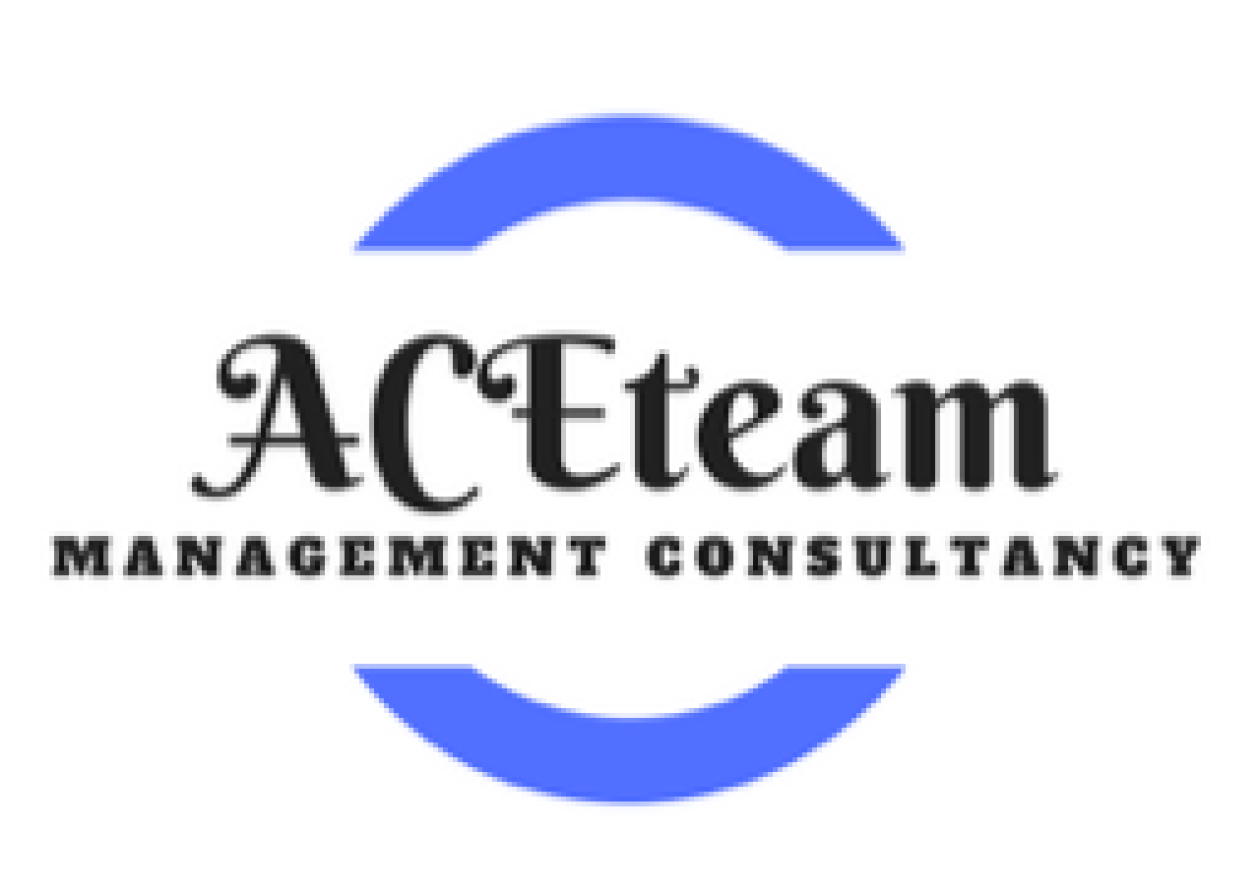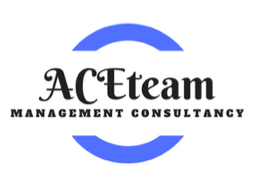Audit & Inspection
An audit is a systematic examination or review of a process, system, organization, or set of financial statements by an independent body or auditor. The purpose of an audit is to evaluate the accuracy, reliability, and effectiveness of the subject being examined. Audits can be conducted for various purposes, including financial auditing, compliance auditing, performance auditing, and management system auditing.
Workplace Safety and Health Audit
Workplace safety and health audit is a systematic examination of an organization's safety and health management system to assess its effectiveness in creating a safe and healthy work environment. The purpose of such an audit is to identify potential hazards, assess compliance with regulatory requirements, and recommend improvements to enhance workplace safety and health.
CONSASS Audit
ConSASS stands for Construction Safety Audit Scoring System. Central to ConSASS are the audit checklist and scorecard, which are used to evaluate the effectiveness and maturity level of the company's occupational safety and health management system (SHMS). The audit checklist is derived from audit questionnaires from numerous codes and standards. It provides auditors with the convenience of using this one checklist to fulfil the primary function of assessing the company's SHMS, as well as to audit for SS 506 Part 1 certification or regulatory compliance for construction worksites with contract sum of $30 million or more. The scorecard is a 'final report card' which will tabulate the results obtained from the different SHMS elements audited. It allows for quick and easy visualisation of the maturity of the different elements in the SHMS. Thus, it gives company management or responsible personnel an idea of how to allocate resources to strengthen weak areas or elements in the system.
Internal Audit
Internal auditing for ISO management systems is a systematic and independent examination of an organization's management system processes to assess their conformity with ISO standards and the effectiveness of implementation. The primary objective of internal auditing is to provide assurance to the organization's management that the management system is functioning effectively, and it helps identify areas for improvement.
Third Party Audit And Inspection
A third-party audit or inspection refers to an assessment conducted by an independent organization or entity that is not directly involved in the management or operations of the entity being audited or inspected. This external examination provides an unbiased and objective evaluation of the processes, systems, products, services, or management practices of the organization being assessed.
Noise Monitoring
Noise monitoring refers to the process of measuring and assessing the levels of sound or noise in a particular environment over a specific period. The primary purpose of noise monitoring is to evaluate and manage the impact of noise on individuals, communities, or the surrounding environment. This practice is particularly important in industries, urban areas, and workplaces where noise can potentially pose health risks or interfere with quality of life.
Personal Protective Equipment (PPE) Fit Test
A PPE (Personal Protective Equipment) fit test is a procedure used to assess the effectiveness of the fit of certain types of protective equipment, ensuring that it forms a proper seal and provides the intended level of protection. Fit testing is commonly associated with respiratory protective equipment, such as masks and respirators, where a proper seal is crucial for preventing the inhalation of harmful substances.

